The Unfulfilled Dream
Chapter Five
After the Civil War ended, ferries and steamboats along the Ohio River were in constant motion between Lawrence County, Ohio, and the new town of Huntington, WV. But progress was changing the landscape fast, and railroads were faster and a cheaper way for the big coal companies to transport their products.
C. P. Huntington
On 17 March 1870, the railroad giant, C. P. Huntington, buys over 400 acres from Asa Kimball in Lawrence County, Ohio. This property was directly across from Huntington, WV., which was in its formative stages of becoming a city in 1871.
C. P. Huntington was a proud and wealthy man who used his notoriety to announce his intentions to connect the Chesapeake & Ohio Railroad from Richmond, VA., to the newly formed city and his namesake, to Huntington, WV. But his dreams didn’t stop there.
In the Gallipolis Journal dated 25 August 1870, they proclaimed that “C. P. Huntington intends to build a bridge across the Ohio River at the mouth of Symmes Creek and to extend the C. & O. R. R. up the valley of that stream to Columbus.”
This bridge would open up travel from the coal mines of the Virginias, up through the Ohio Valley, and into the Great Lakes. It would then connect other railroads with what they called the “Great Four”, Cincinnati, Cleveland, Detroit, and Chicago.
Newspapers were excited about the possibilities within the small communities spanning the Ohio riverbank on the Ohio side. They planned to add a hotel, build an iron furnace, and open a stone quarry. There was even one newspaper that mentioned that the mouth of Symmes Creek could become the capital of Lawrence County, Ohio.
Kounston
Andrew P. Kouns had inherited a large portion of land from his father, Christian Kouns, who was a Rev. War Veteran. After reading about the new railroad bridge spanning the Ohio River adjacent to his property, Andrew quickly hired a surveyor who laid out his lots for sale, and named his new town “Kounston.” His property was in Section 32 Township 1 and Range 16, bordering the property that C. P. Huntington had just bought, and Kouns saw a perfect opportunity for an immense investment.
In early 1873, he placed ads in area newspapers announcing his new town by offering to sell lots he had surveyed. C. P. Huntington’s Engineers had determined the most suitable site for the railroad bridge was situated just West of Symmes Creek and between the two existing communities of Rockwood (on the East) and Kounston and Lawrence City (on the West).
Hostetler, M. (n.d.). Memorial page for Andrew Pennell Kouns Sr. Retrieved from Find a Grave: https://www.findagrave.com/memorial/39928726/andrew-pennell-kouns
The town of Kounston – Lot A is 76 feet on Third St., 85 8/12 ft on School Lot W, 62 feet on the main line, Lot L is 134 10/12 ft on the main line, 39 4/12 ft on Second St., Lot T is 88 8/10 ft on Second St. 84 ft on Washington St; Lot S is 63 2/12 ft on Third Street, 106 ft on Washington.
And all the estate, title, and interest of the said A.P. Kouns, either in Law or Equity, of into the said premises, together with all the privileges and appurtenances to the same belonging and all the rents, issues, and profits thereof. To have and to hold the same to the only proper use of the said Board of Chesapeake School District and their successors and assigns forever.
And the said A.P. Kouns, for himself and his heirs, executors, and administrators, do hereby covenant with the said Board of Education of Chesapeake School District and assigns that he is the true and lawful owner of the said premises and has full power to convey the same; that the time so conveyed is clear, free and unincumbered; and further, that he will warrant and defend the same against all claim or claims of all persons whatsoever.
In witness, the said A.P. Kouns and Hannah Kouns, said wife of A.P. Kouns, hereby release their right and expectancy of dower in the said premises, have hereunto set their hand and seal this 30 day of May 1874.
Signed A.P. Kouns and Hannah Kouns in the presence of James J. Halliday and Nannie Lundy.
Signed by Isaac Booth, JP
Received 21 Oct 1875
Recorded 26 Oct 1975, Harrison Riggs, Recorder
[typed as transcribed by author, please check for human errors. – mjm]
Plans Drawn for Official Site
Rufus Cook was commissioned to draw plans for the new railroad bridge. He was instructed to connect areas between Huntington, WV., across the Ohio River to lead straight into the present village of Chesapeake, in Lawrence County, Ohio. Of course, that property located in Ohio was now owned by C. P. Huntington.
When the official map was completed by Mr. Cook, the Huntington railway loop was predetermined to go from the mainline to Third Street and Second Avenue, then to Twelve Street, and back to the mainline. However, it ended up at Twenty-Third Street instead of Twelfth Street. There aren’t any historical maps showing the railroad on Twelfth Street, but it is mentioned in the book Huntington: An Illustrated History by James Casto.
While the landowners, railroad companies, and newspapers were arguing about where the railroad bridge should cross the Ohio River, little did C. P. Huntington, or Andrew P. Kouns know there was a national catastrophe about to explode.
The first train from Richmond, VA., would arrive in Huntington, WV., on January 29, 1873, but the railroad bridge crossing the Ohio River between Huntington and Chesapeake would never be built.
The Cook Panic in the Fall of 1873, hit the entire world’s financial market, and because most of the railroads had overextended their loans, the ripple effect was disastrous. Jay Cooke & Company was one of the largest financial backing of the U.S. Railroads and when they filed for bankruptcy, chaos and panic stopped everyone’s dreams, including Andrew P. Kouns. [We will dive deeper into the Kouns family in another chapter.]
C. & O. Railroad announced they weren’t going to build their bridge near “Kounston,” and on 30 May 1874, Kouns sold his lots, amounting to 100 acres, to the Chesapeake School Board for one dollar an acre. This was the first mention of the name “Chesapeake” for that area in Southern Ohio.
The Chesapeake School system still owns the “Kounston” property and has three modern schools that have had numerous graduates passing through those doors. Even though Andrew’s vision didn’t materialize in his lifetime, I believe that his legacy lives on in the hallways of Chesapeake Schools.
The above deed can be found at Lawrence County, Ohio, Recorders Deed Book 33, pages 340 – 341.
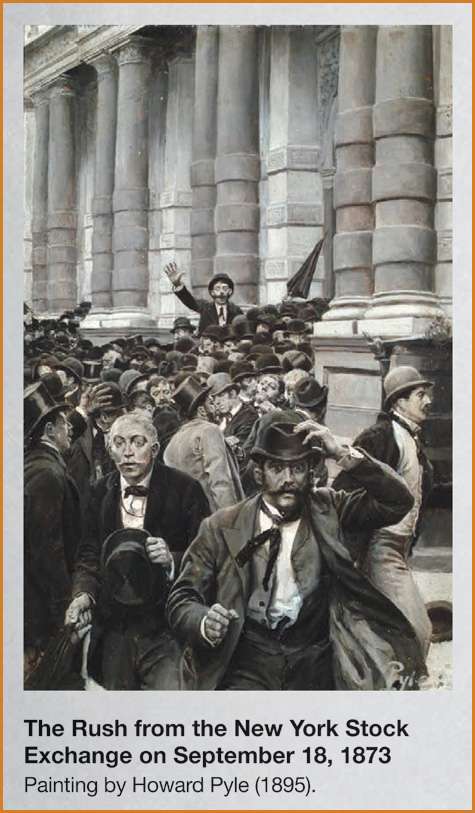
Cook Panic of 1873
After the Civil War, the US banking system grew rapidly and seemed to be set on solid ground. However, the country was hit by many banking crises. One of the worst happened in 1873 – during the time of the Freedman’s Bank.
The panic started with a problem in Europe, when the stock market crashed. Investors began to sell off the investments they had in American projects, particularly railroads. Back in those days, railroads were a new invention, and companies had been borrowing money to get the cash they needed to build new lines. Railroad companies borrowed using bonds, which were debt securities specifying how much a company was borrowing and how much interest it would pay.
When Europeans started selling their railroad bonds, there were soon more bonds for sale than anyone wanted. Railroad companies could no longer find anyone who would lend them cash. Many railroads went bankrupt.
One of the biggest banks in New York City was Jay Cooke & Company. It had invested a lot of money in the railroads, and when the railroads started having problems, Jay Cooke & Company went bankrupt. When people saw that such a big bank failed, they began to run to their banks, demanding all of their money back.
The panic spread to banks in Washington, DC, Pennsylvania, New York, Virginia and Georgia, as well as to banks in the Midwest, including those in Indiana, Illinois, and Ohio. Nationwide, at least 100 banks failed. – U.S. Dept. of Treasury Offical Website
A. P. Kouns Sells Kounston
Andrew P. Kouns sells his “Kounston” property of 100 acres to the Chesapeake Board of Education for $100 on 30 May 1874. This property is still owned by the Chesapeake Board of Education where the High School and Middle School are now located. – Deed Book 33, page 340.

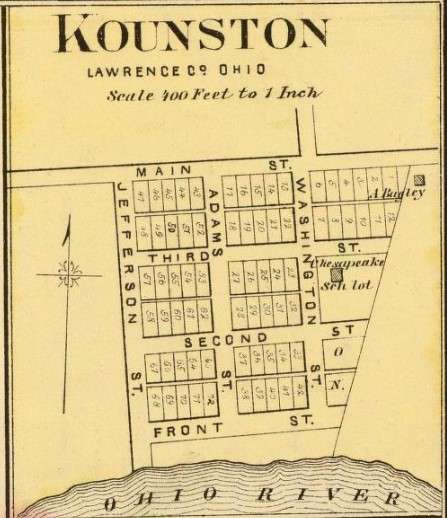
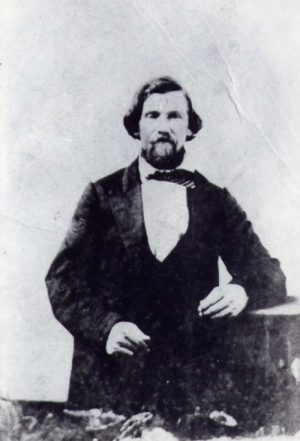

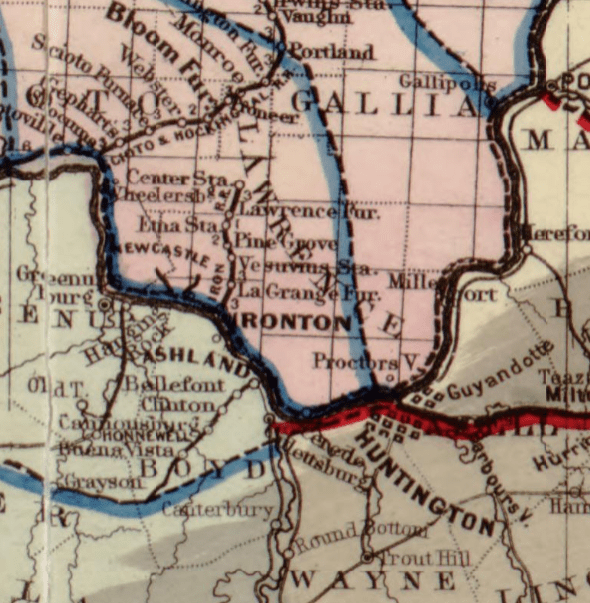
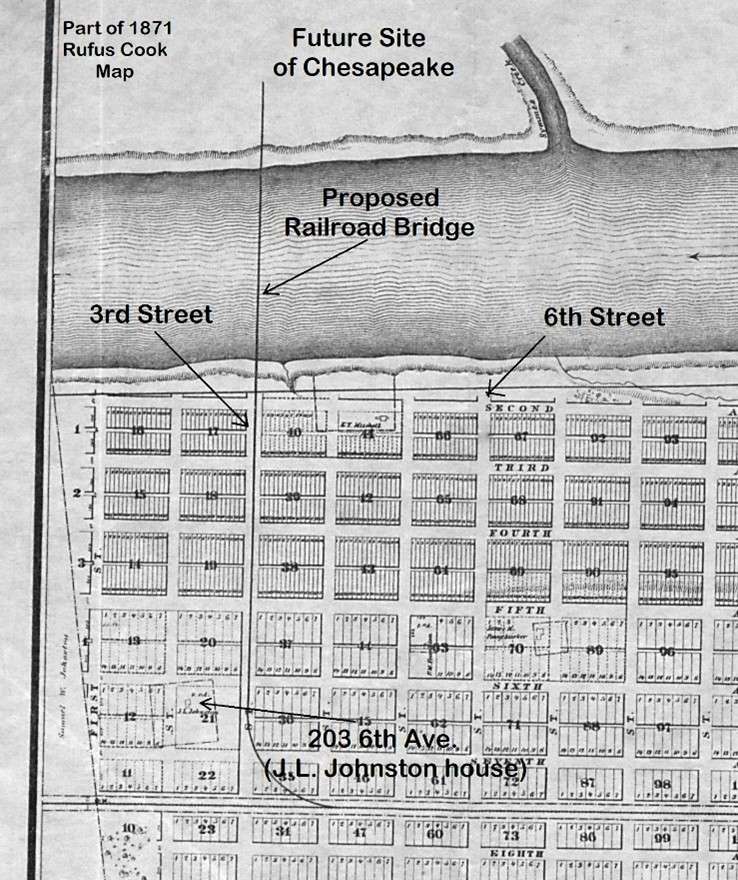


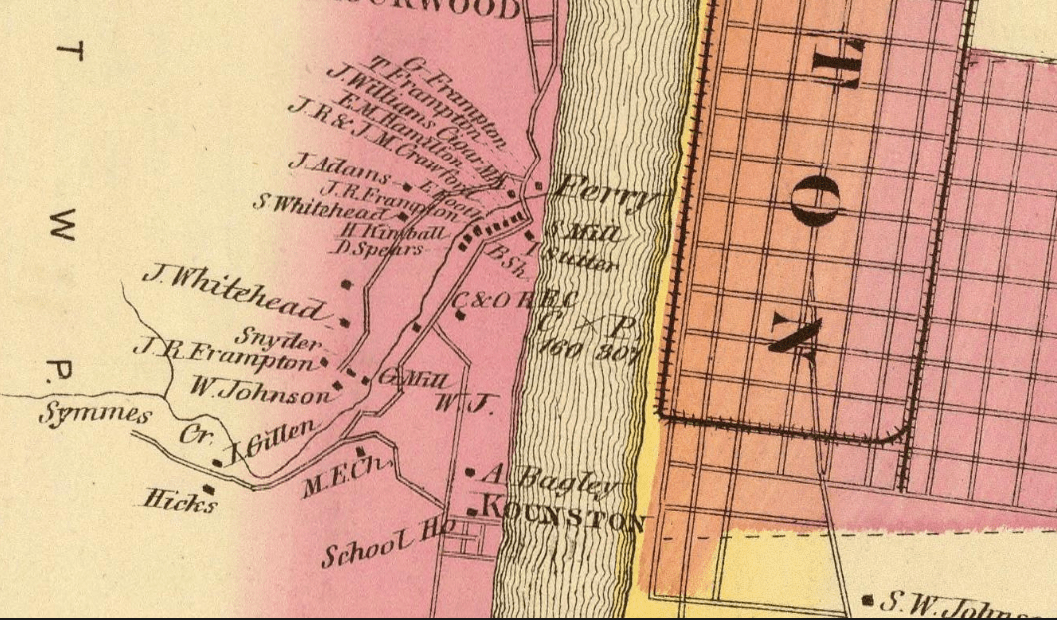
0 Comments